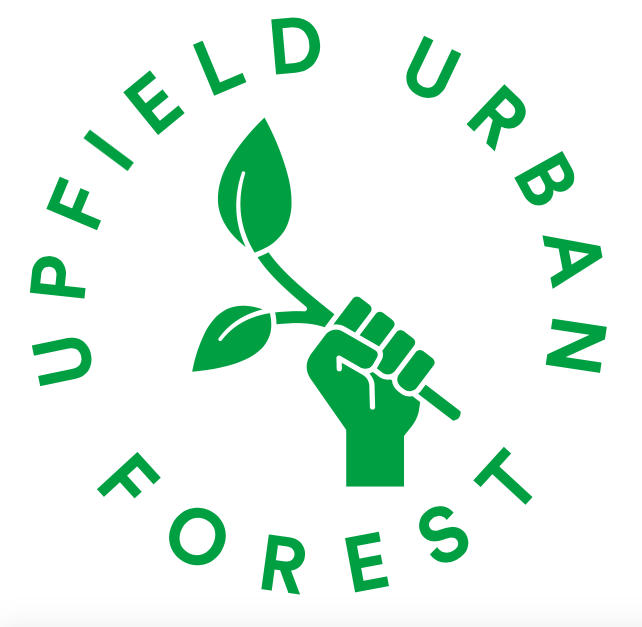Join our community of guerilla green👍s who are slowly transforming the Upfield Shared User Path, which runs through Melbourne’s northern suburbs, into a cooler, more appealing active transport corridor.
The Upfield shared walking and cycling path runs along the Upfield train line, from Royal Park in Parkville to Gowrie station north of Fawkner. While it is popular as a transport and exercise route, it has little to no shade. On hot days overhead and western sun blasts those travelling home by bike or foot while the train line can act as a wind tunnel that collects rubbish.
But users of the Upfield shared path have a vision for how things could be better! Brunswick residents living near Jewell Station began planting out some of the open spaces surrounding the station, and slowly the gardening bug spread north!
Now residents and shared path users are transforming even some of the most challenging spaces along the train line. The different style gardens that now pepper the Upfield Line reflect the many people who are contributing, and organising working bees to care for these spaces.
Take a look at what is happening between Batman and Merlynston stations in Coburg North in this short Instagram story published by Walkers Journal in 2021.
Many people working in the Upfield Urban Forest are inspired to plant in a way that connects us back to the Indigenous roots of this land. And as the effects of climate change set in, we need beautiful spaces that cool us, provide habitat for animals, store water, increase food security and help to draw carbon out of the atmosphere. It is time that we, the people, create the urban forest we need. Check out our upcoming events to get involved and please contact us here if you would like to help out in a specific area.
A changing train line
The Moreland-Bell Level Crossing Removal carried out in 2020-2021 destroyed many community-planted gardens along a 2.5km section of the line through Coburg. However these gardens were not planted in vain! Through planting, community connections were formed and the Upfield Urban Forest group joined other local groups to negotiate some better outcomes from the Level Crosing project. The elevation of the train line has also created more space for better, safer walking and cycling paths and for more trees, shrubs and flowers. The Victorian Government’s maintenance tenure of these plants is coming to an end, and while some plants have thrived, many more have died. And so our guerilla work continues!
Moreland City Council 's 2012-2022 Street Landscape Strategy says:
"Urban trees also offer other indirect human health benefits. Tree lined streets are more attractive and more shaded during the hotter times of the year. Such pleasant streetscapes can promote active forms of transport. Moreland encourages walking and cycling within the municipality as physical activity is linked to improved health. Priority pedestrian routes have been mapped as part of the structure plans for the Activity Centres and the Principal Pedestrian Network Program for Moreland. Street landscaping should be prioritised to compliment these designated routes." (p15)
Moreland City Council’s recent urban heat island study shows much of the municipality will continue to face extreme heat stress; that this will get worse.
Our Mission
The purpose of the Upfield Urban Forest project is to create and sustain a shady forest of trees and vegetation along the train line and bike paths and around the stations in order to:
🌳 Improve upon, sustain, preserve and retain the wildlife corridor between Royal Park (south of Jewell Station) and the Fawkner Box/Iron Bark forest (north of Merlynston Station);
🌳 Increase the tree canopy in the area to create shade and cooling for pedestrians and bike riders and to mitigate against Moreland’s considerable urban heat island effect;
🌳 Provide structure, inspiration, support and training to utilise, grow and support the considerable community energy for local projects that work directly on climate mitigation and revegetation;
🌳 To draw down carbon into the soils, provide wildlife habitat, and supplement local food production through the creation of food orchards and gardens in appropriate locations.



